Physicists have used the famous particle smasher to investigate the strange phenomena of quantum entanglement at far higher energies than ever before.
By Alex Wilkins
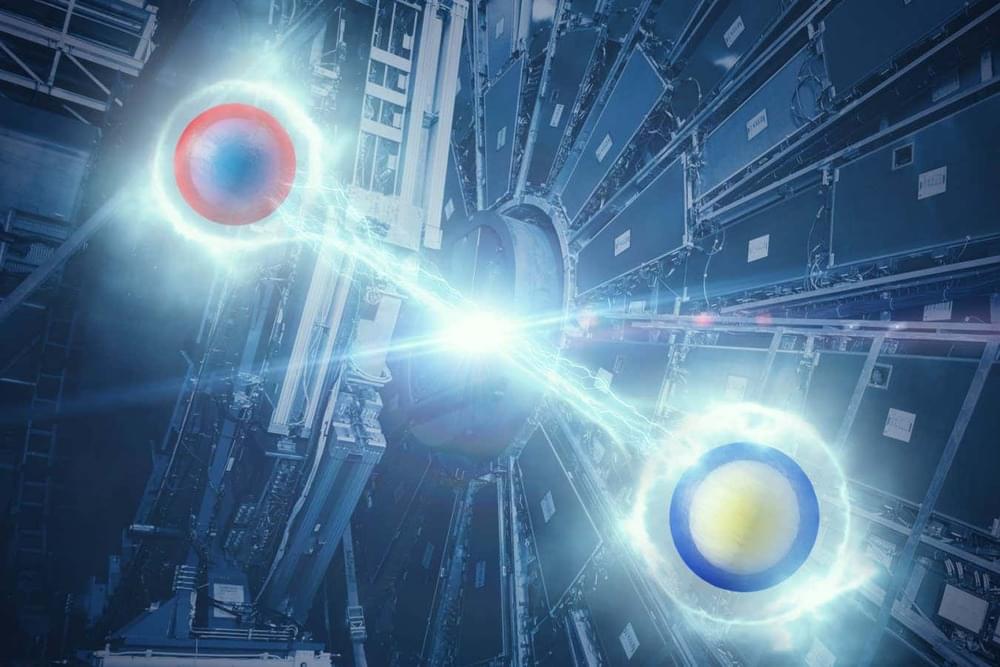
Physicists have used the famous particle smasher to investigate the strange phenomena of quantum entanglement at far higher energies than ever before.
By Alex Wilkins

In 1980, Hamish Robertson was a tenured professor at Michigan State. He’d been there since his postdoc in 1971, and he was content. “I want to stress how valued and happy I felt there,” he says. “It was, and still is, an outstanding place.”
But he and his friend and colleague, Tom Bowles, had begun to hatch an idea that would take him far from MSU. They were devising a new experiment to measure the mass of the elusive and perplexingly light neutrino.
Neutrinos are the only fundamental particles whose mass we still don’t know. As their name implies, neutrinos are very, very small. But they outnumber the other fundamental particles by a factor of 10 billion.
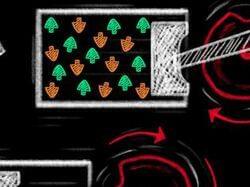
In a schematic view, an engine uses a thermodynamic change to produce work. For example, when a gas is ignited, it expands and so pushes a piston. Now, researchers have been able to develop a similar kind of engine but instead of using the relationship between temperature, pressure, and volume, the new device uses quantum mechanics.
The quantum engine employs a gas that can turn from a fermion gas to a boson gas. Fermions and bosons are a way to divide all particles into two categories. Their difference comes from a property called spin, an intrinsic angular momentum. Fermions have a fractional value (1÷2, 3/2) while bosons have integer spin (0, 1, 2, …).
There is another difference that matters in the engine too: the Pauli exclusion principle. And this only applies to fermions.
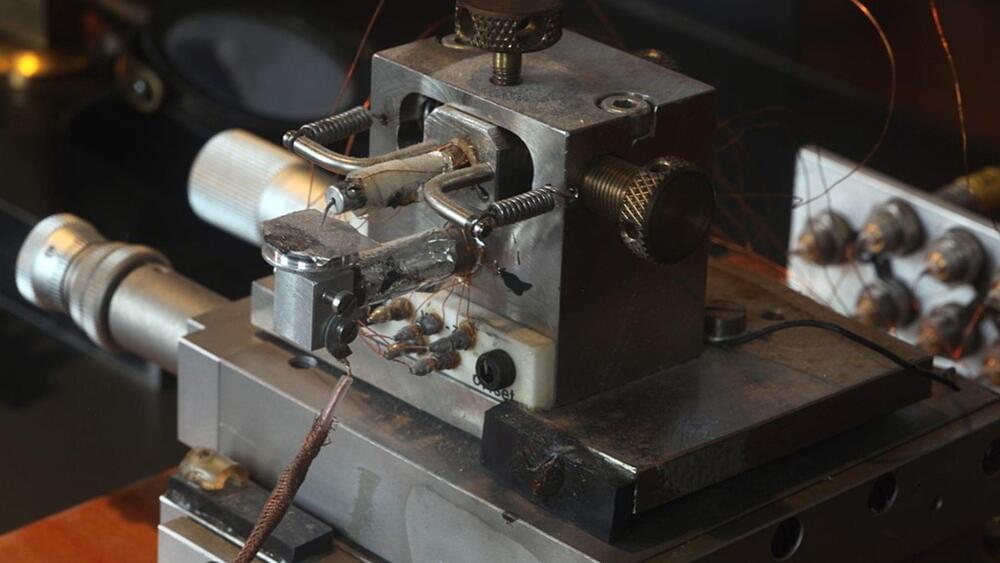
The method is still at its basic stage but multiple such microscopes could be pooled up to build a larger quantum computer.
Researchers at the IBS Center for Quantum Nanoscience (QNS) in Seoul, South Korea, have successfully demonstrated using a scanning tunneling microscope (STM) to perform quantum computation using electrons as qubits, a press release said.
Quantum computing is usually associated with terms such as atom traps or superconductors that aid in isolating quantum states or qubits that serve as a basic unit of information. In many ways, everything in nature is quantum and can be used to perform quantum computations as long as we can isolate its quantum states.
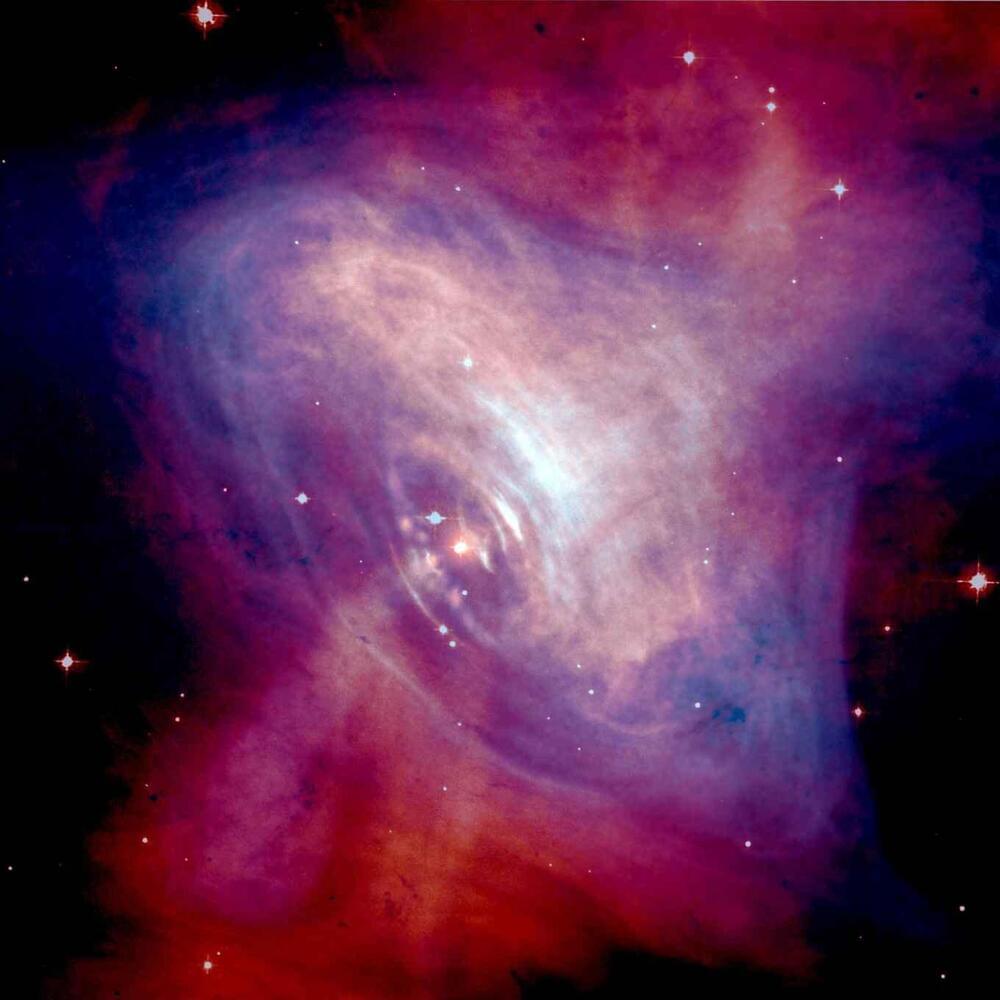
The central question in the ongoing hunt for dark matter is: what is it made of? One possible answer is that dark matter consists of particles known as axions. A team of astrophysicists, led by researchers from the universities of Amsterdam and Princeton, has now shown that if dark matter consists of axions, it may reveal itself in the form of a subtle additional glow coming from pulsating stars. Their work is published in the journal Physical Review Letters.
Dark matter may be the most sought-for constituent of our universe. Surprisingly, this mysterious form of matter, that physicist and astronomers so far have not been able to detect, is assumed to make up an enormous part of what is out there.
No less than 85% of matter in the universe is suspected to be “dark,” presently only noticeable through the gravitational pull it exerts on other astronomical objects. Understandably, scientists want more. They want to really see dark matter—or at the very least, detect its presence directly, not just infer it from gravitational effects. And, of course: they want to know what it is.
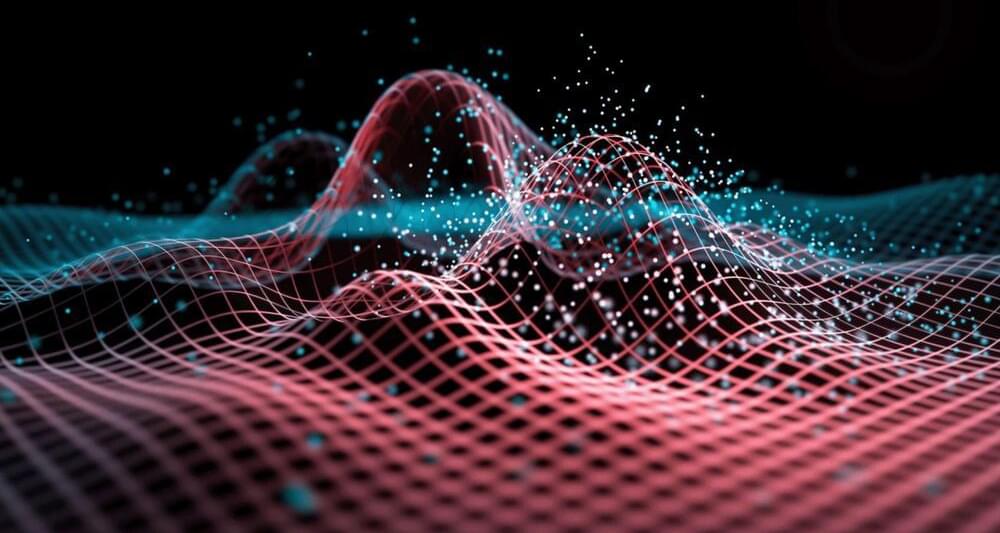
Researchers of the Princeton Plasma Physics Laboratory (PPPL) announced the discovery of a promising approach to mitigate the damaging effects of runaway electrons in tokamak fusion devices in a statement.
The key to this discovery lies in harnessing a unique type of plasma wave known as Alfvén waves, named after the renowned astrophysicist Hannes Alfvén, a Nobel laureate in 1970.
Alfvén waves have long been recognized for their ability to loosen the confinement of high-energy particles within tokamak reactors— a type of fusion reactor that confines plasma in the shape of a donut using a magnetic field.

Quantum physicists have simulated super diffusion in quantum particles on a quantum computer, paving the way for deeper insights into condensed matter physics and materials science. This achievement, realized on a 27-qubit system programmed remotely from Dublin, emphasizes the potential of quantum computing in both commercial and fundamental physics inquiries.
Quantum physicists at Trinity, working alongside IBM Dublin, have successfully simulated super diffusion in a system of interacting quantum particles on a quantum computer.
This is the first step in doing highly challenging quantum transport calculations on quantum hardware and, as the hardware improves over time, such work promises to shed new light in condensed matter physics and materials science.
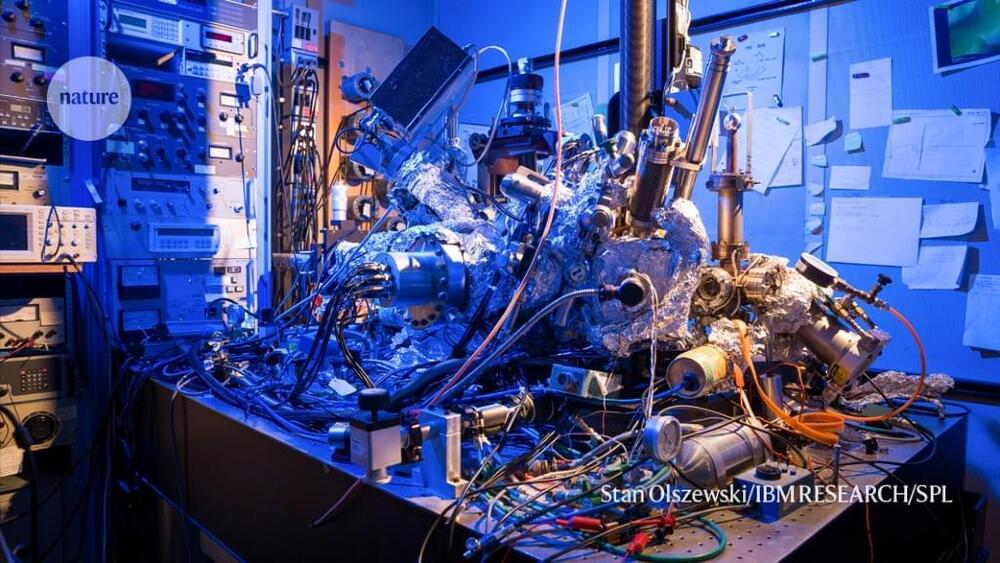
Physicists have performed the first quantum calculations to be carried out using individual atoms sitting on a surface.
The technique, described on 5 October in Science1, controls titanium atoms by beaming microwave signals from the tip of a scanning tunnelling microscope (STM). It is unlikely to compete any time soon with the leading approaches to quantum computing, including those adopted by Google and IBM, as well as by many start-up companies. But the tactic could be used to study quantum properties in a variety of other chemical elements or even molecules, say the researchers who developed it.
At some level, everything in nature is quantum and can, in principle, perform quantum computations. The hard part is to isolate quantum states called qubits — the quantum equivalent of the memory bits in a classical computer — from environmental disturbances, and to control them finely enough for such calculations to be achieved.

face_with_colon_three Year 2017
A paper recently published in the journal Nuclear Engineering and Technology demonstrated the feasibility of using graphene to control hydrogen isotopes, specifically tritium.
Study: Adsorption of Hydrogen Isotopes on Graphene. Image Credit: Rost9/Shutterstock.com
Background
Tritium, a fast-decaying radioelement of hydrogen with one proton and two neutrons, is produced by nuclear reactors and by the interaction between cosmic rays and atmospheric particles. Tritium beta can diffuse through several materials, has 12.35 years half-life, and decays into helium-3.
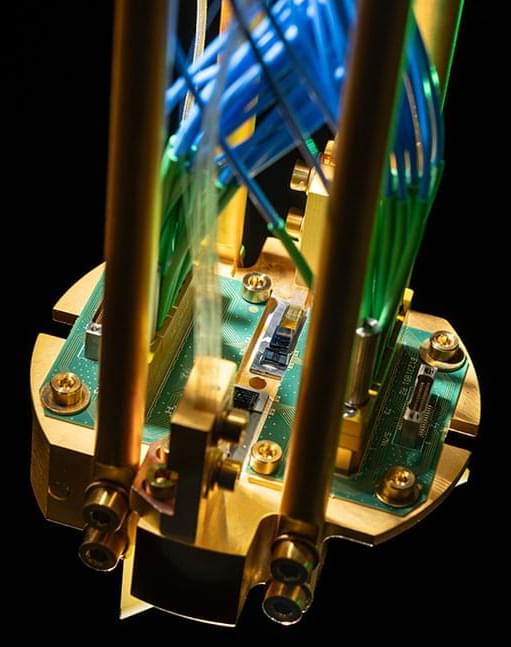
Ben Dixon, a researcher in the Optical and Quantum Communications Technology Group, explains how the process works: “First, you need to generate pairs of specific entangled qubits (called Bell states) and transmit them in different directions across the network link to two separate quantum repeaters, which capture and store these qubits. One of the quantum repeaters then does a two-qubit measurement between the transmitted and stored qubit and an arbitrary qubit that we want to send across the link in order to interconnect the remote quantum systems. The measurement results are communicated to the quantum repeater at the other end of the link; the repeater uses these results to turn the stored Bell state qubit into the arbitrary qubit. Lastly, the repeater can send the arbitrary qubit into the quantum system, thereby linking the two remote quantum systems.”
To retain the entangled states, the quantum repeater needs a way to store them — in essence, a memory. In 2020, collaborators at Harvard University demonstrated holding a qubit in a single silicon atom (trapped between two empty spaces left behind by removing two carbon atoms) in diamond. This silicon “vacancy” center in diamond is an attractive quantum memory option. Like other individual electrons, the outermost (valence) electron on the silicon atom can point either up or down, similar to a bar magnet with north and south poles. The direction that the electron points is known as its spin, and the two possible spin states, spin up or spin down, are akin to the ones and zeros used by computers to represent, process, and store information. Moreover, silicon’s valence electron can be manipulated with visible light to transfer and store a photonic qubit in the electron spin state. The Harvard researchers did exactly this; they patterned an optical waveguide (a structure that guides light in a desired direction) surrounded by a nanophotonic optical cavity to have a photon strongly interact with the silicon atom and impart its quantum state onto that atom. Collaborators at MIT then showed this basic functionality could work with multiple waveguides; they patterned eight waveguides and successfully generated silicon vacancies inside them all.
Lincoln Laboratory has since been applying quantum engineering to create a quantum memory module equipped with additional capabilities to operate as a quantum repeater. This engineering effort includes on-site custom diamond growth (with the Quantum Information and Integrated Nanosystems Group); the development of a scalable silicon-nanophotonics interposer (a chip that merges photonic and electronic functionalities) to control the silicon-vacancy qubit; and integration and packaging of the components into a system that can be cooled to the cryogenic temperatures needed for long-term memory storage. The current system has two memory modules, each capable of holding eight optical qubits.